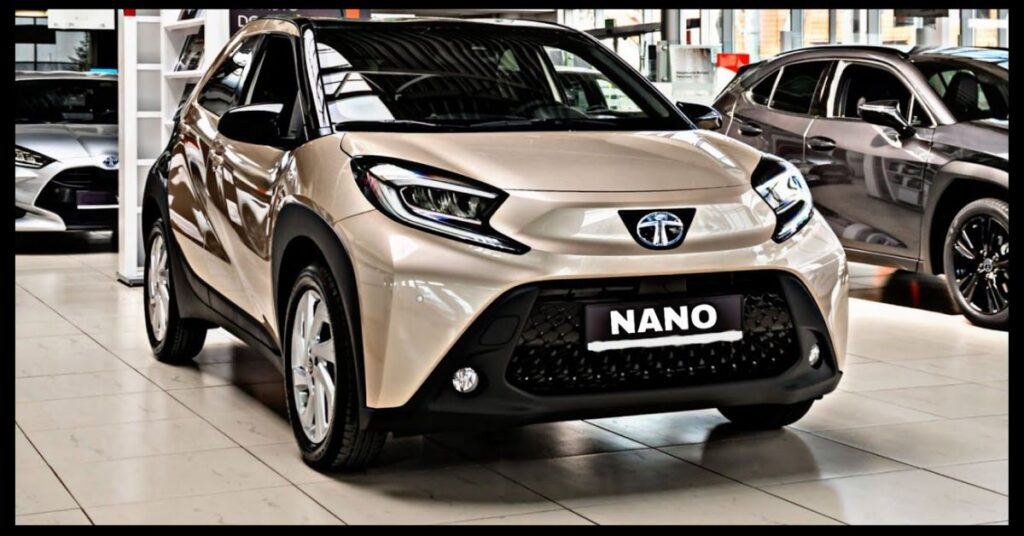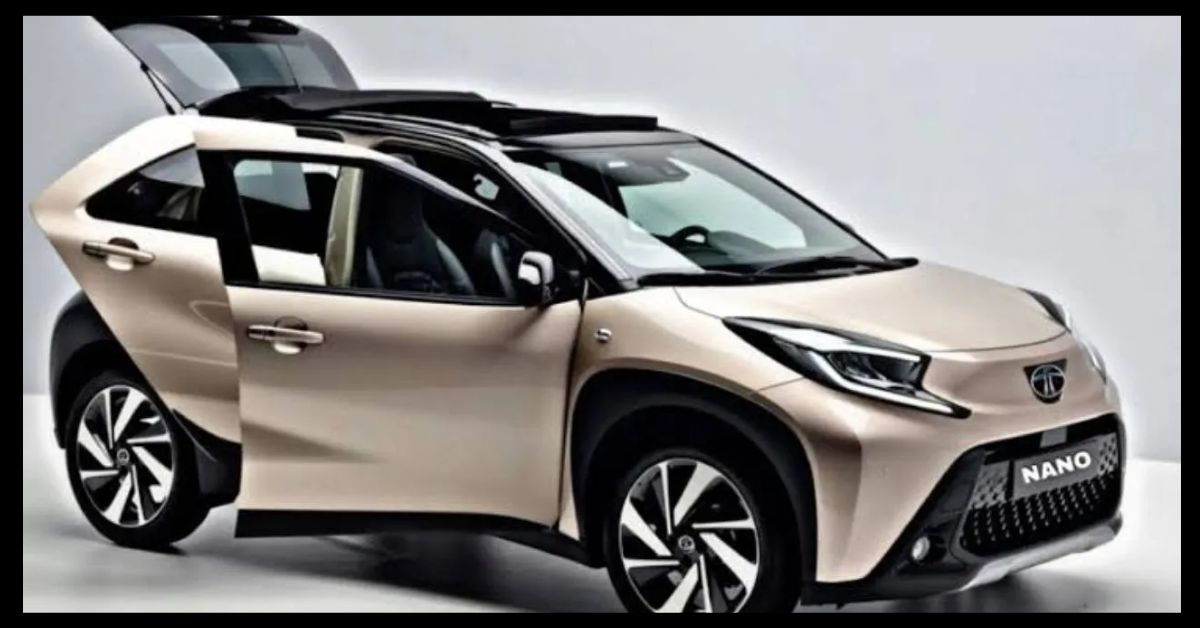The Tata Nano, once hailed as the “world’s most affordable car,” is making a highly anticipated return in 2025. Known for its compact design and budget-friendly pricing, the Nano has been redesigned to meet the evolving needs of Indian consumers. The new model incorporates technological advancements, improved safety, and eco-friendly powertrains while retaining its value-centric appeal.
This article provides a comprehensive overview of the Tata Nano 2025, covering design, features, engine options, pricing, and its role in the evolving automobile market.
Exterior Design: Sleek, Stylish, and Compact
The Tata Nano 2025 features a refreshed exterior with a more aerodynamic silhouette and modern aesthetics. Updates include:
- Redesigned LED headlamps and tail lights for improved visibility and style.
- Sportier bumpers and a larger chrome-accented grille.
- 15-inch alloy wheels offering a more stable and premium look.
The compact dimensions of the Nano remain ideal for congested urban roads, making it a practical choice for city dwellers.
Interior Comfort and Features
Despite its small footprint, the interior of the Tata Nano 2025 has been optimized for space and comfort. Key upgrades include:
- Ergonomic seating with premium fabric upholstery.
- Enhanced cabin space, with more headroom and legroom for both front and rear passengers.
- Modern dashboard design, including a 7-inch touchscreen infotainment system compatible with Android Auto and Apple CarPlay.
Storage spaces have also been thoughtfully added to accommodate daily travel needs, including cup holders, door pockets, and under-seat compartments.

Powertrain Options: Petrol, CNG, and Electric Variants
The Tata Nano 2025 is expected to launch in three fuel variants, offering flexibility for different customer preferences and budgets.
1. Petrol Variant
- Engine: 800cc BS6 Phase 2 compliant
- Mileage: Estimated 24–26 km/l
- Target audience: Daily commuters seeking affordability and reliability
2. CNG Variant
- Fuel Efficiency: Over 35 km/kg
- Benefits: Lower emissions and running costs
- Ideal for: Budget-conscious users with access to CNG refueling stations
3. Electric Variant
- Battery: 20 kWh lithium-ion battery
- Range: Up to 200 km on a single charge
- Charging: Fast-charging capability (0–80% in 60 minutes)
- Eco-friendly: Zero tailpipe emissions make it a sustainable choice for urban mobility
Technology and Infotainment
The Tata Nano 2025 embraces modern tech features typically found in higher-end hatchbacks:
- Touchscreen Infotainment System: A 7-inch display offering navigation, media, and smartphone connectivity.
- Digital Instrument Cluster: Real-time data on speed, fuel levels, range, and system alerts.
- Mobile App Integration: In electric variants, users can monitor battery status, locate nearby charging stations, and control remote locking/unlocking features via a dedicated mobile app.
Safety Features and Build Quality
Tata Motors has prioritized passenger safety in the new Nano. Key safety features include:
- Dual front airbags
- Anti-lock Braking System (ABS) with Electronic Brakeforce Distribution (EBD)
- Rear parking sensors
- Crumple zones and a high-strength steel frame for enhanced crash protection
These improvements are aimed at meeting modern safety regulations and enhancing consumer confidence.
Expected Price and Launch Date
Tata Motors has indicated that the Nano 2025 will remain an entry-level car, targeting affordability without compromising on features.
| Variant | Expected Price (Ex-Showroom) |
|---|---|
| Petrol | ₹3.5 lakh – ₹4 lakh |
| CNG | ₹4.2 lakh – ₹4.7 lakh |
| EV | ₹6 lakh – ₹6.5 lakh |
The official launch is expected in mid-2025, with availability across major Indian cities and Tier 2 markets.
Market Competition
The Tata Nano 2025 will compete in both the small hatchback and electric vehicle (EV) segments. Its main rivals include:
- Petrol/CNG Segment:
- Maruti Suzuki Alto K10
- Renault Kwid
- Hyundai Santro
- Electric Segment:
- MG Comet EV
- Citroën eC3
The Nano’s competitive pricing and unique combination of compact size, features, and fuel options give it a niche advantage, especially in price-sensitive markets.
Environmental Impact and Sustainability
The Nano 2025 aligns with Tata Motors’ larger commitment to sustainability and reducing vehicular emissions.
- The petrol variant is compliant with BS6 Phase 2 norms, reducing particulate and NOx emissions.
- The CNG variant offers lower CO2 emissions than traditional fuels.
- The electric version, with zero tailpipe emissions, supports India’s goal of achieving 30% EV adoption by 2030 (Source: NITI Aayog).
These choices reflect growing consumer demand for eco-friendly transportation options.
Final Thoughts
The Tata Nano 2025 marks a significant evolution in affordable mobility. By combining modern design, multiple powertrain choices, essential safety features, and smart technology, the new Nano is positioned to reclaim its status as a game-changer in India’s budget car segment.
Its compact dimensions, low maintenance costs, and fuel flexibility make it especially attractive for first-time buyers, students, and city drivers. Moreover, with the electric variant, Tata Motors is expanding access to clean, sustainable transportation for the average Indian consumer.
